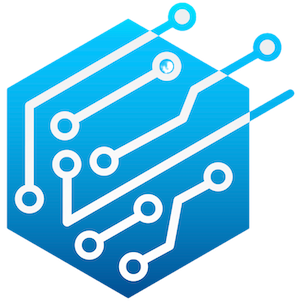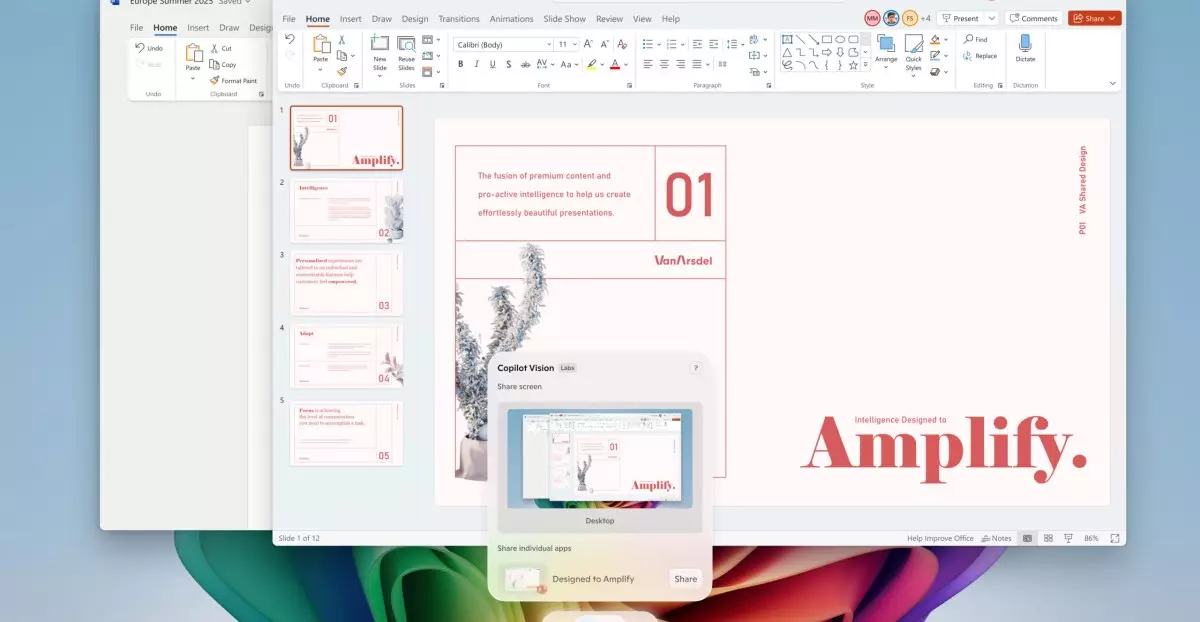Microsoft’s latest innovation in Windows 11 marks a significant leap toward a smarter, more intuitive computing environment. The introduction of Copilot Vision, a sophisticated screen-scanning AI feature, demonstrates the company’s commitment to integrating artificial intelligence directly into everyday user interactions. Unlike traditional tools that require manual input or navigation, Copilot Vision analyzes everything on your screen in real-time, offering possibilities that redefine how we work and create. For users, this means an effortless way to gather insights, troubleshoot problems, or even learn new skills without leaving their workspace.
This feature stands out because of its contextual awareness. Whether you are viewing a photo that needs lighting adjustments or navigating a complex web of open applications, Copilot Vision can comprehend the entire scene and answer your questions. For example, you might inquire about enhancing an image or understanding the content of multiple tabs simultaneously. This level of interaction transforms the rudimentary act of digital exploration into a seamless, conversational experience, enabling users to focus more on their tasks rather than the mechanics of accomplishing them.
Targeted, Exclusive Tools for Power Users with Copilot Plus
Microsoft is not stopping at basic AI integration; it has crafted an arsenal of advanced tools reserved for “Copilot Plus” PCs—devices equipped with Snapdragon processors and higher capabilities. These exclusive features elevate the user experience well beyond standard expectations, positioning Windows 11 as an AI-infused powerhouse tailored for professionals and tech enthusiasts.
One innovative addition is the AI-powered agent embedded within the Settings app. Imagine typing or speaking natural language commands like “Enable quiet hours” or “Connect my Bluetooth device,” and having the OS execute these tasks without additional navigation. This intuitive approach to system management reflects a broader trend of AI simplifying complex workflows. Moreover, the “Click to Do” feature—activated by a simple shortcut—becomes a versatile assistant, from summarizing lengthy texts to practicing language pronunciation. The ability to invoke such tools on demand turns mundane activities into opportunities for efficiency and skill development.
Microsoft’s commitment to creative and visual enhancements is evident in the new AI-driven sticker generator within Paint, allowing users to craft personalized graphics effortlessly. Additionally, the object select tool offers precise editing capabilities, enabling users to isolate and modify specific image components with minimal effort. The Photos app’s new lighting option tailored for Snapdragon devices exemplifies how hardware synergy with AI can result in superior photo editing. Meanwhile, the “perfect screenshot” feature within the Snipping Tool exemplifies AI’s potential to automate accuracy, capturing the exact content needed without hassle.
Broader Accessibility and Practical AI Innovations
Microsoft’s strategy also emphasizes enhancing core Windows 11 functionalities that benefit all users, regardless of device capabilities. Features like an intelligent color picker in the Snipping Tool and automated troubleshooting processes aim to streamline user workflows and reduce frustrations stemming from technical issues. The automatic correction mechanisms for unexpected restarts exemplify AI’s role in stabilizing and improving system reliability—a crucial aspect for business and personal use alike.
What is notable here is Microsoft’s vision of AI’s role not just as a luxury but as an essential part of an optimized operating system. The deployment plan, rolling out gradually over the next month, indicates a careful integration to ensure stability, but also underscores their confidence in these innovations. For users, this is ultimately a promise: Windows 11 will not be static, but a living, evolving platform that learns and adapts alongside them.
Microsoft’s approach to AI in Windows 11 suggests a future where digital assistants transcend simple command responses to become embedded partners—offering personalized, context-aware help that enhances productivity, creativity, and ease of use. These innovations challenge conventional notions of operating systems, pushing towards a more intelligent and user-centric paradigm that redefines the relationship between humans and their machines.


Leave a Reply